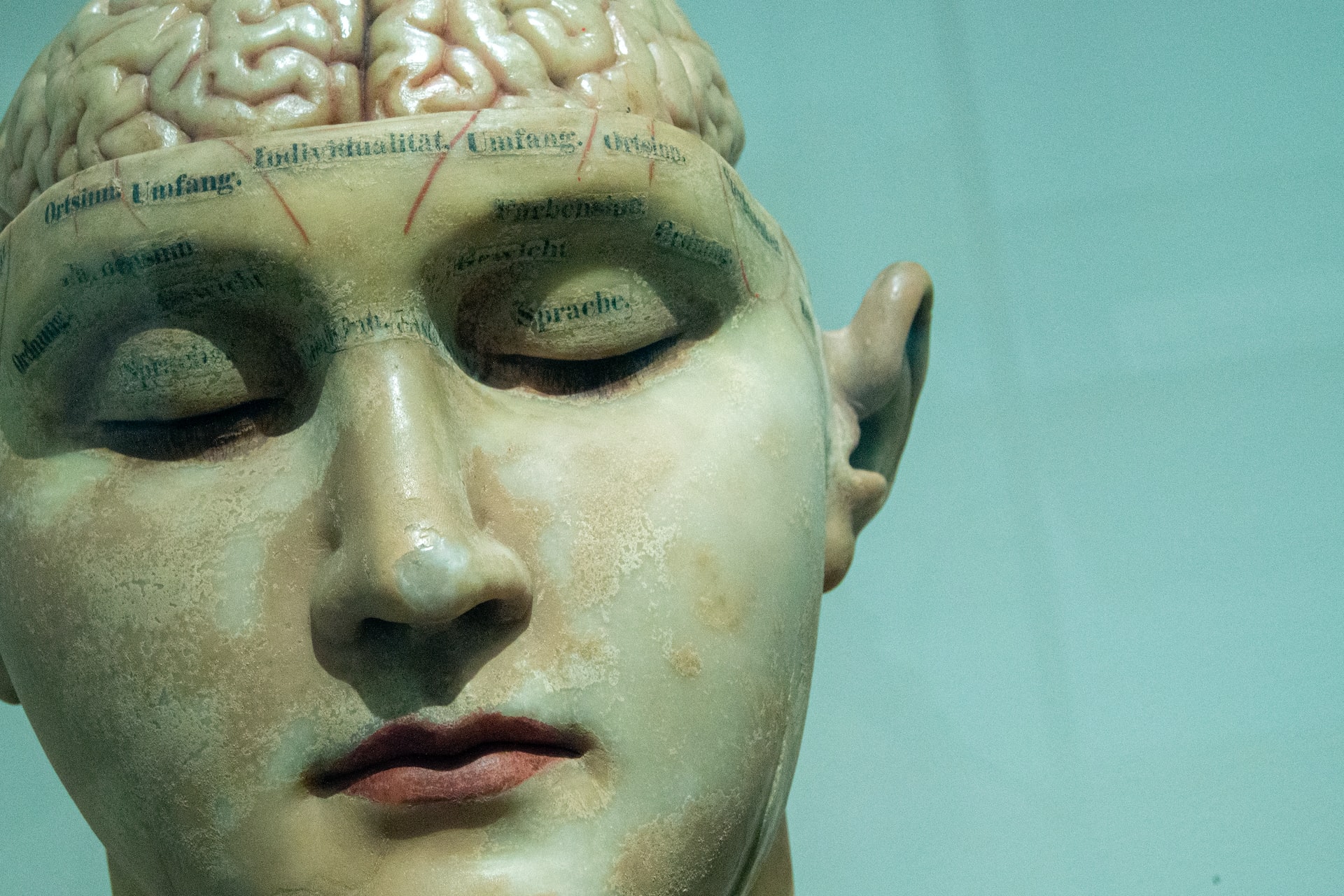Parkinson’s 101: Everything You Need to Know
Parkinson’s 101: Everything You Need to Know
Parkinson’s disease is a brain disorder that affects movement. It develops when certain nerve cells in the brain stop working properly and die. These cells produce a chemical called dopamine, which helps control movement. When dopamine levels drop, it leads to the symptoms we see in Parkinson’s.
The main signs of Parkinson’s are tremors (shaking), stiffness in the arms and legs, slow movement, and problems with balance. These usually start gradually on one side of the body. As the disease progresses, both sides can be affected. Other symptoms may include a blank facial expression, soft or slurred speech, and small handwriting.
Parkinson’s typically affects people over 60, but it can sometimes occur in younger adults too. It’s not usually inherited, except in rare cases. The exact cause is unknown, but researchers think it’s likely a combination of genetic and environmental factors.
While there’s no cure for Parkinson’s yet, there are treatments that can help manage the symptoms. Medications can boost dopamine levels in the brain or mimic its effects. In some cases, surgery might be an option. A procedure called deep brain stimulation can help control movement problems.
Besides medication, exercise is really important for people with Parkinson’s. It can help improve balance, flexibility, and overall movement. Physical therapy, occupational therapy, and speech therapy can also be beneficial.
Living with Parkinson’s can be challenging, but many people lead active lives for years after diagnosis. It’s important for patients to work closely with their doctors and try different treatments to find what works best for them. Support from family, friends, and support groups can make a big difference too.
Research into Parkinson’s is ongoing, with scientists looking for new treatments and ways to slow down or stop the disease. They’re exploring things like stem cell therapy, gene therapy, and new drug combinations. There’s hope that these efforts will lead to better outcomes for people with Parkinson’s in the future.
Remember, Parkinson’s affects everyone differently. Some people might have mild symptoms for a long time, while others might progress more quickly. The key is to stay informed, work with your healthcare team, and focus on maintaining the best quality of life possible.





